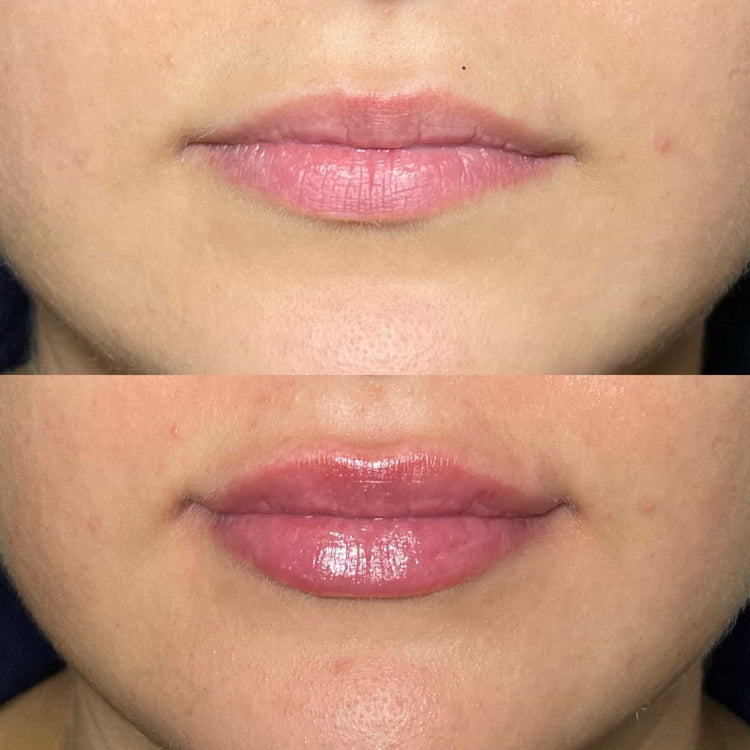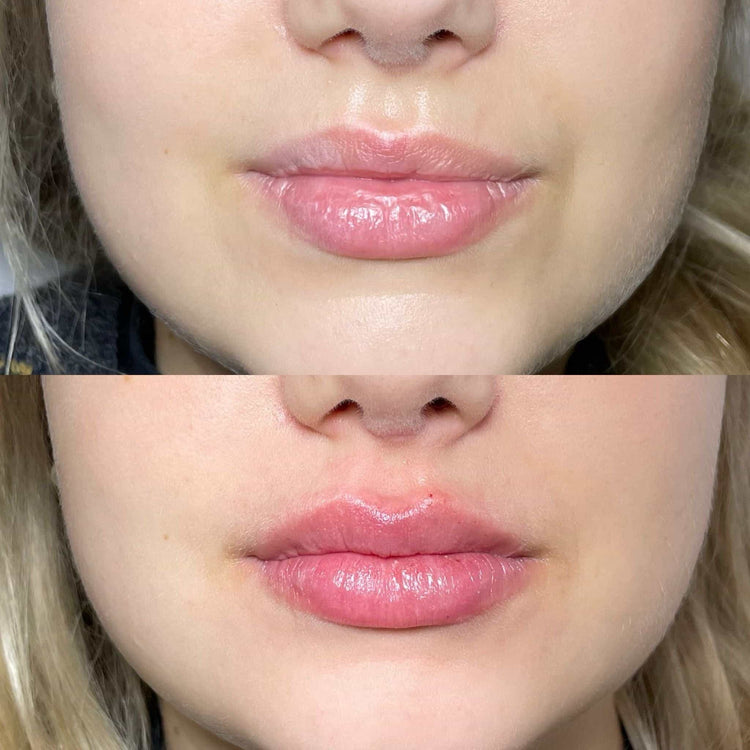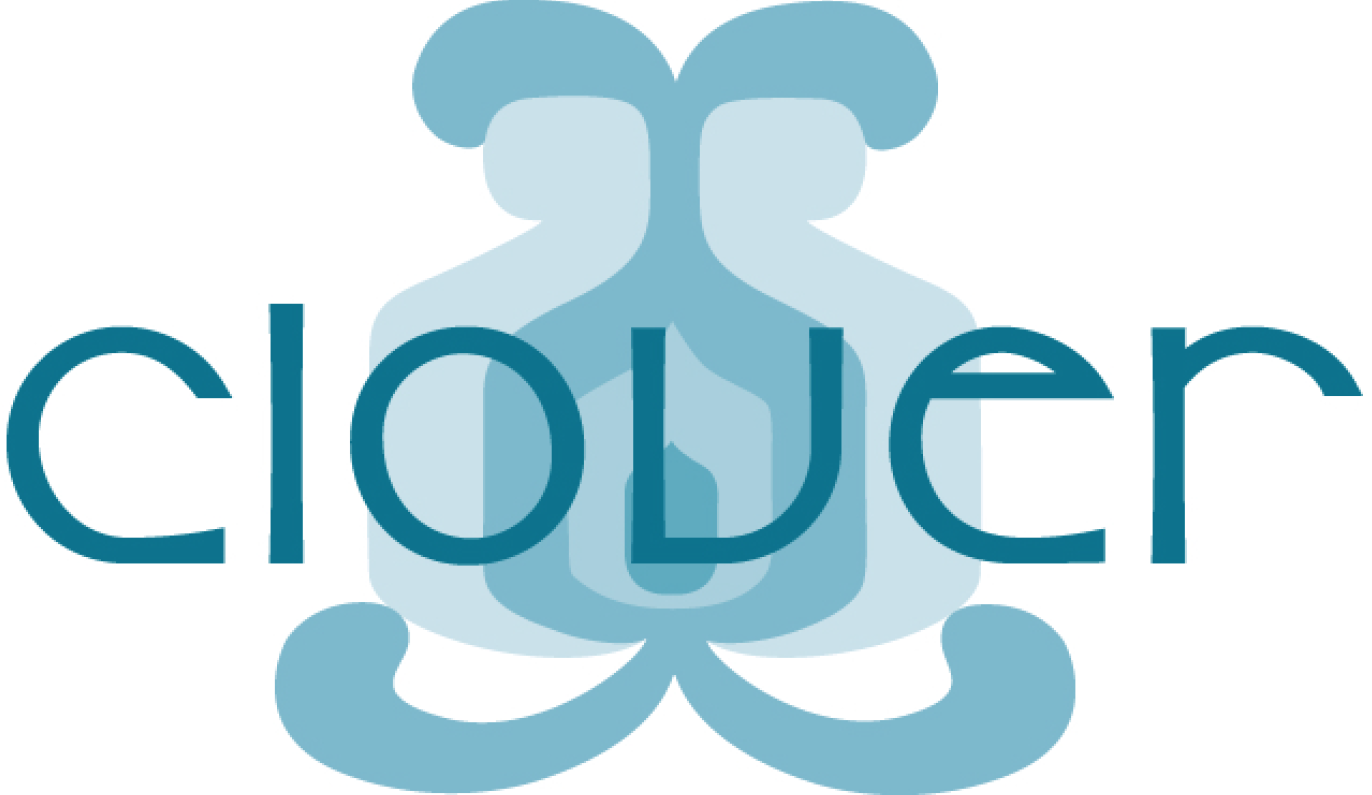Types of Fillers Used in Lip Injections

Lip injections are becoming increasingly popular, allowing individuals to enhance their lip volume and shape. A key factor in determining how long these results last is the type of filler used. Different fillers offer varying levels of longevity, with some lasting for several months while others can provide up to a year or more of fullness.

Hyaluronic Acid Fillers
Hyaluronic acid (HA) is a naturally occurring substance found in the body’s tissues, providing hydration and volume. HA fillers are widely used in lip injections due to their ability to attract and retain water, plumping the lips and smoothing out wrinkles. They are generally considered safe and effective, with minimal risk of allergic reactions.
The duration of HA filler results varies depending on factors such as the specific product used, individual metabolism, and lifestyle. On average, HA fillers can last anywhere from 6 to 18 months.
Non-Hyaluronic Acid Fillers
While hyaluronic acid (HA) is a popular choice for lip injections, there are other types of fillers available that don’t utilize this substance. These non-HA fillers often contain synthetic polymers or materials like poly-L-lactic acid (PLLA). PLLA, for example, works by stimulating collagen production in the treated area, gradually building volume over time. These types of fillers tend to provide longer-lasting results compared to HA fillers, sometimes lasting up to two years or more.
Factors Affecting Filler Longevity
Numerous factors influence the longevity of filler injections, ensuring a personalized outcome for each individual seeking enhanced lip fullness.
Age
Several factors contribute to the lifespan of lip fillers. The type of filler used is paramount. Hyaluronic acid (HA) fillers, popular for their ability to attract moisture and provide immediate volume, typically last 6 to 18 months. Conversely, non-HA fillers, such as those containing poly-L-lactic acid (PLLA), stimulate collagen production, leading to longer-lasting results, potentially lasting up to two years or more.
Individual metabolism plays a role in filler longevity. Those with faster metabolisms may experience quicker breakdown of the filler material, resulting in shorter-lasting effects. Lifestyle factors, including sun exposure, smoking, and facial expressions, can also impact the duration of results. Frequent squinting or smiling can lead to accelerated filler breakdown.
The injection technique employed by the practitioner is crucial. Proper placement and volume distribution ensure optimal longevity. Additionally, following aftercare instructions provided by the injector is essential for maintaining filler results and minimizing complications.
Lifestyle Factors
Lifestyle factors significantly influence the longevity of lip fillers. Excessive sun exposure can break down hyaluronic acid in fillers, leading to faster degradation. Smoking also accelerates this process due to reduced blood flow and oxygen supply to the tissues. Facial expressions like frequent smiling or squinting can put stress on the filler, causing it to wear down more quickly.
Maintaining a healthy lifestyle with proper skincare habits can help prolong the effects of lip fillers. Protecting your lips from the sun with sunscreen, avoiding smoking, and practicing gentle facial massages can contribute to longer-lasting results.
Filler Type
The type of filler used is a primary determinant of longevity. Hyaluronic acid (HA) fillers, known for their immediate plumping effect, generally last 6 to 18 months. Non-HA fillers, often containing poly-L-lactic acid (PLLA), stimulate collagen production, resulting in longer-lasting effects that can extend up to two years or more.
Individual metabolism plays a role in filler longevity. Those with faster metabolisms may experience quicker breakdown of the filler material, leading to shorter-lasting results. Conversely, individuals with slower metabolisms may see their fillers last longer.
Lifestyle factors can significantly impact filler lifespan. Excessive sun exposure can degrade hyaluronic acid fillers, while smoking reduces blood flow and oxygen supply to tissues, accelerating filler breakdown. Frequent facial expressions like smiling or squinting can also put stress on the filler, causing it to wear down faster.
Injection Technique
Numerous factors contribute to the lifespan of lip fillers. The type of filler used is paramount. Hyaluronic acid (HA) fillers, popular for their ability to attract moisture and provide immediate volume, typically last 6 to 18 months. Conversely, non-HA fillers, such as those containing poly-L-lactic acid (PLLA), stimulate collagen production, leading to longer-lasting results, potentially lasting up to two years or more.
Individual metabolism plays a role in filler longevity. Those with faster metabolisms may experience quicker breakdown of the filler material, resulting in shorter-lasting effects. Lifestyle factors, including sun exposure, smoking, and facial expressions, can also impact the duration of results. Frequent squinting or smiling can lead to accelerated filler breakdown.
The injection technique employed by the practitioner is crucial. Proper placement and volume distribution ensure optimal longevity. Additionally, following aftercare instructions provided by the injector is essential for maintaining filler results and minimizing complications.
Average Lifespan of Lip Injections in the UK
Lip injections have become increasingly popular in the UK, allowing individuals to enhance their lip shape and volume. The duration of these results depends on a variety of factors, primarily the type of filler used. Understanding how long different fillers last can help individuals make informed decisions about achieving their desired aesthetic outcome.
Hyaluronic Acid Fillers
Hyaluronic acid (HA) is a common choice for lip injections in the UK, offering temporary enhancement that typically lasts between 6 and 18 months.
Individual metabolism, lifestyle choices like sun exposure and smoking, and the injection technique employed by the practitioner can all influence the longevity of these results.
Non-Hyaluronic Acid Fillers
Non-HA fillers in the UK often utilize synthetic polymers or materials like poly-L-lactic acid (PLLA). PLLA works by stimulating collagen production in the treated area, gradually building volume over time. These types of fillers tend to provide longer-lasting results compared to HA fillers, sometimes lasting up to two years or more.
The longevity of any lip filler, regardless of type, can be influenced by individual factors such as metabolism and lifestyle. Those with faster metabolisms may experience quicker breakdown of the filler material, leading to shorter-lasting effects. Lifestyle factors like excessive sun exposure, smoking, and frequent facial expressions can also impact the duration of results.
Maintaining Results and Extending Lifespan
Lip injections are a popular choice for enhancing lip shape and volume in the UK. Understanding how long the results last is crucial for making informed decisions about achieving desired aesthetic outcomes.
Aftercare Instructions
Lip injections have become increasingly popular in the UK, allowing individuals to enhance their lip shape and volume. The duration of these results depends on a variety of factors, primarily the type of filler used. Understanding how long different fillers last can help individuals make informed decisions about achieving their desired aesthetic outcome.
Hyaluronic acid (HA) is a common choice for lip injections in the UK, offering temporary enhancement that typically lasts between 6 and 18 months.
- Individual metabolism, lifestyle choices like sun exposure and smoking, and the injection technique employed by the practitioner can all influence the longevity of these results.
Non-HA fillers in the UK often utilize synthetic polymers or materials like poly-L-lactic acid (PLLA). PLLA works by stimulating collagen production in the treated area, gradually building volume over time. These types of fillers tend to provide longer-lasting results compared to HA fillers, sometimes lasting up to two years or more.
The longevity of any lip filler, regardless of type, can be influenced by individual factors such as metabolism and lifestyle. Those with faster metabolisms may experience quicker breakdown of the filler material, leading to shorter-lasting effects. Lifestyle factors like excessive sun exposure, smoking, and frequent facial expressions can also impact the duration of results.
Lip injections are a popular choice for enhancing lip shape and volume in the UK. Understanding how long the results last is crucial for making informed decisions about achieving desired aesthetic outcomes.
Top-Up Treatments
Maintaining the longevity of lip filler results involves a multifaceted approach that considers both individual factors and post-treatment care.
Top-up treatments play a crucial role in extending the lifespan of lip injections. These “refresher” treatments involve injecting additional filler to maintain fullness and shape as the original filler gradually breaks down over time.
The frequency of top-up treatments depends on several factors, including the type of filler used, individual metabolism, lifestyle choices, and desired aesthetic outcome.
For hyaluronic acid (HA) fillers, which are typically less long-lasting, top-ups may be needed every 6 to 12 months to maintain optimal results.
Non-HA fillers, such as those containing poly-L-lactic acid (PLLA), tend to last longer, potentially up to two years or more. Top-up treatments for these fillers might be required less frequently, perhaps every 12 to 18 months or even longer.
Consulting with a qualified practitioner experienced in lip injections is essential for determining the appropriate timing and amount of filler needed for each top-up treatment.
Conclusion
Understanding the longevity of lip fillers and the factors influencing their lifespan is crucial for individuals seeking to enhance their lip shape and volume.
- Hyaluronic acid (HA) fillers, commonly used in the UK, generally last between 6 to 18 months.
- Non-HA fillers, often containing poly-L-lactic acid (PLLA), can provide longer-lasting results, potentially up to two years or more.
Individual metabolism, lifestyle choices like sun exposure and smoking, and the injection technique employed by the practitioner can all influence how long lip filler results last.
Achieve a perfect smile with lip fillers by Dr. Laura Geige at It’s Me & You Clinic
- How To Use CBD For A Peaceful Night’s Sleep: Expert Tips - September 24, 2025
- How To Pair Kratom Gummies With Other Wellness Products - September 19, 2025
- How To Find CBD Vape Pens With The Highest Quality Ingredients - September 9, 2025
